What if China were to cut off the US and Europe from access to rare minerals that are essential to electric vehicles, wind turbines and drones?
At a time of frequent geopolitical friction among the three powers, Washington and Brussels want to avoid this scenario by investing in the market for 17 minerals with unique properties that are largely extracted and refined in China.
“The expected exponential growth in demand for minerals that are linked to clean energy is putting more pressure on US and Europe to take a closer look at where the vulnerabilities are, and the concrete steps these governments can take,” said Jane Nakano, a senior fellow at the Washington-based Center for Strategic and International Studies.
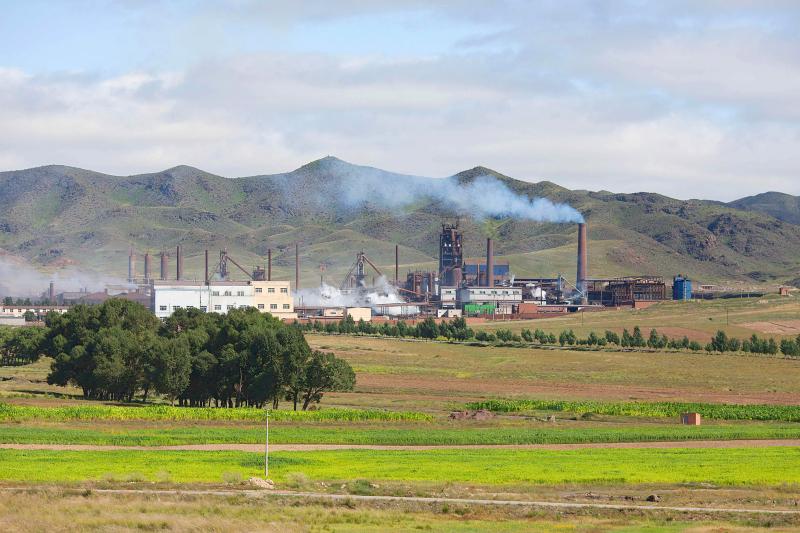
Photo: AFP
In 2019, the US imported 80 percent of its rare earth minerals from China, the US Geological Survey said.
The EU gets 98 percent of its supply from China, the European Commission said last year.
Amid the transition to green energy, in which rare earth minerals are sure to play a role, China’s market dominance is enough to sound an alarm in Western capitals.
Rare earth minerals with names like neodymium, praseodymium and dysprosium are crucial to the manufacture of magnets used in wind turbines and electric vehicles. They are also present in consumer goods such as smartphones, computer screens and telescopic lenses.
Others have more traditional uses, like cerium for glass polishing and lanthanum for vehicle catalysts or optical lenses.
Last week, the US Senate passed a law aimed at improving US competitiveness that includes provisions to improve critical minerals supply chains, following a similar executive order issued by US President Joe Biden in February.
Washington aims to boost production and processing of rare earths and lithium, another key mineral component, while “working with allies and partners to increase sustainable global supply and reduce reliance on geopolitical competitors,” US National Economic Council Deputy Director Sameera Fazili said on Tuesday.
The best hope for boosting US production can be found at the Mountain Pass mine in California.
Once one of the major players in the sector, the mine suffered as China rose and ate up its market share, aided by Beijing’s heavy government subsidies.
MP Materials Corp relaunched the mine in 2017 and aims to make it a symbol of the US’ industrial rebirth, saying the concentration of rare earths at its site is one of the world’s largest and highest-grade rare earth deposits, with soil concentrations of 7 percent versus 0.1 to 4 percent elsewhere.
The company’s aim is to separate rare earth minerals from each other through a chemical process, and by 2025 manufacture the magnets that industry uses — as market-leading Chinese firms currently do.
The project was supported by the US government, while a Chinese firm is a minority shareholder.
Elsewhere, Australian company Lynas Rare Earths Ltd has won several contracts in the US, including an ore refinery in Texas for the military that was supported by the US Department of Defense.
In Europe, Bernd Schafer, chief executive officer and managing director of rare earth mineral consortium Eit Raw Materials, said this month that an “action plan” would soon be presented to the European Commission on how to boost production.
However, Europe faces a more complicated path to achieving this goal, said David Merriman, a specialist in batteries and electric vehicles for London-based consultancy Roskill Information Services Ltd.
“Europe is expected to rely on importing raw materials or semi-processed materials and become more a processing base or recycling base,” he said.
China is expected to remain dominant for some time to come, but Schafer said that if recycling is scaled up, “20 to 30 percent of Europe’s rare earth magnet needs by 2030 could be sourced domestically in the EU from literally zero today.”
The desire to accelerate rare earth production comes amid a shortage of semiconductors, which are essential for the computing and automotive industries, and are mostly manufactured in Asia.
The scarcity “has caused global manufacturers to think about their supply chain in a new way, and think about vulnerabilities,” an MP Materials spokesman said, adding that several European automotive and wind power firms are already in contact with the company.
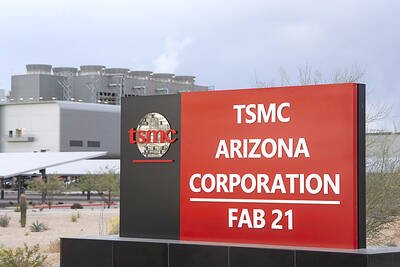
Taiwan Semiconductor Manufacturing Co (TSMC, 台積電), the world’s biggest contract chipmaker, booked its first-ever profit from its Arizona subsidiary in the first half of this year, four years after operations began, a company financial statement showed. Wholly owned by TSMC, the Arizona unit contributed NT$4.52 billion (US$150.1 million) in net profit, compared with a loss of NT$4.34 billion a year earlier, the statement showed. The company attributed the turnaround to strong market demand and high factory utilization. The Arizona unit counts Apple Inc, Nvidia Corp and Advanced Micro Devices Inc among its major customers. The firm’s first fab in Arizona began high-volume production
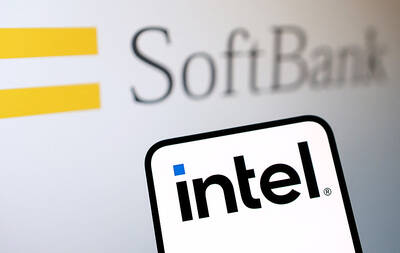
VOTE OF CONFIDENCE: The Japanese company is adding Intel to an investment portfolio that includes artificial intelligence linchpins Nvidia Corp and TSMC Softbank Group Corp agreed to buy US$2 billion of Intel Corp stock, a surprise deal to shore up a struggling US name while boosting its own chip ambitions. The Japanese company, which is adding Intel to an investment portfolio that includes artificial intelligence (AI) linchpins Nvidia Corp and Taiwan Semiconductor Manufacturing Co (TSMC, 台積電), is to pay US$23 a share — a small discount to Intel’s last close. Shares of the US chipmaker, which would issue new stock to Softbank, surged more than 5 percent in after-hours trading. Softbank’s stock fell as much as 5.4 percent on Tuesday in Tokyo, its
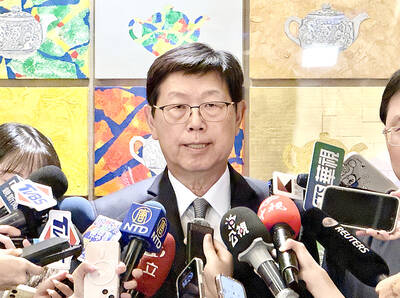
COLLABORATION: Softbank would supply manufacturing gear to the factory, and a joint venture would make AI data center equipment, Young Liu said Hon Hai Precision Industry Co (鴻海精密) would operate a US factory owned by Softbank Group Corp, setting up what is in the running to be the first manufacturing site in the Japanese company’s US$500 billion Stargate venture with OpenAI and Oracle Corp. Softbank is acquiring Hon Hai’s electric-vehicle plant in Ohio, but the Taiwanese company would continue to run the complex after turning it into an artificial intelligence (AI) server production plant, Hon Hai chairman Young Liu (劉揚偉) said yesterday. Softbank would supply manufacturing gear to the factory, and a joint venture between the two companies would make AI data
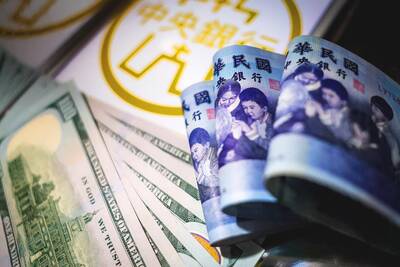
DOLLAR SIGNS: The central bank rejected claims that the NT dollar had appreciated 10 percentage points more than the yen or the won against the greenback The New Taiwan dollar yesterday fell for a sixth day to its weakest level in three months, driven by equity-related outflows and reactions to an economics official’s exchange rate remarks. The NT dollar slid NT$0.197, or 0.65 percent, to close at NT$30.505 per US dollar, central bank data showed. The local currency has depreciated 1.97 percent so far this month, ranking as the weakest performer among Asian currencies. Dealers attributed the retreat to foreign investors wiring capital gains and dividends abroad after taking profit in local shares. They also pointed to reports that Washington might consider taking equity stakes in chipmakers, including Taiwan Semiconductor